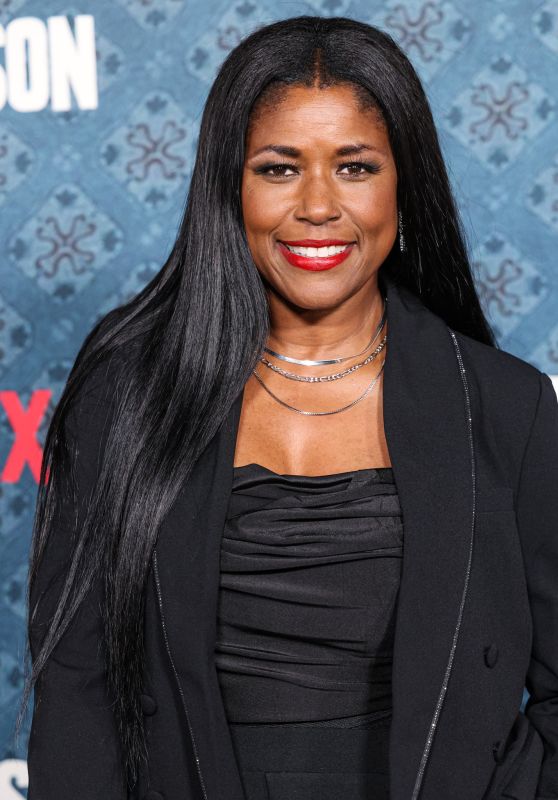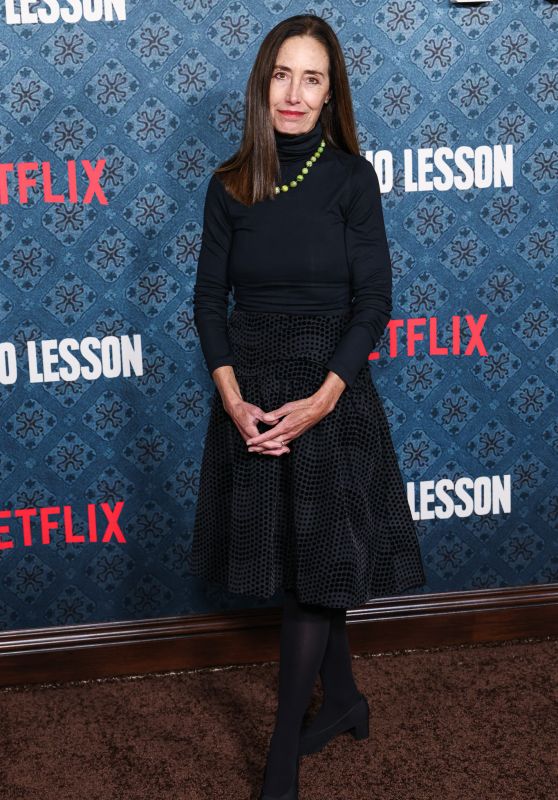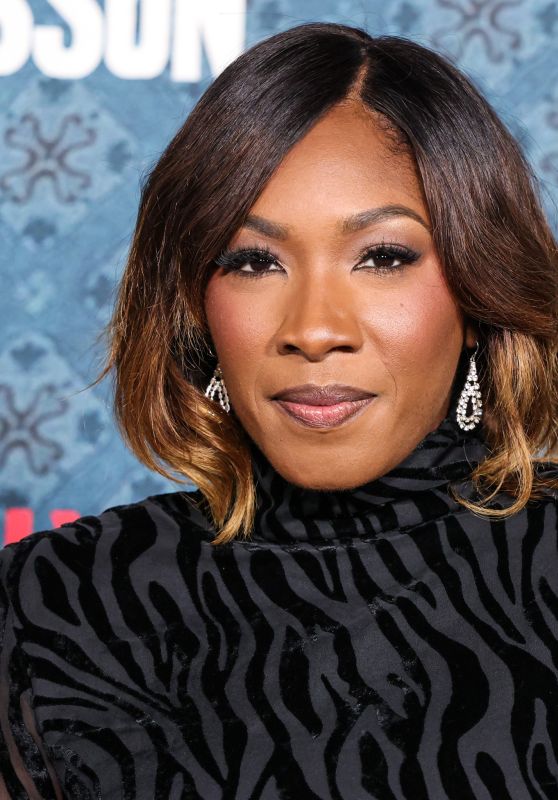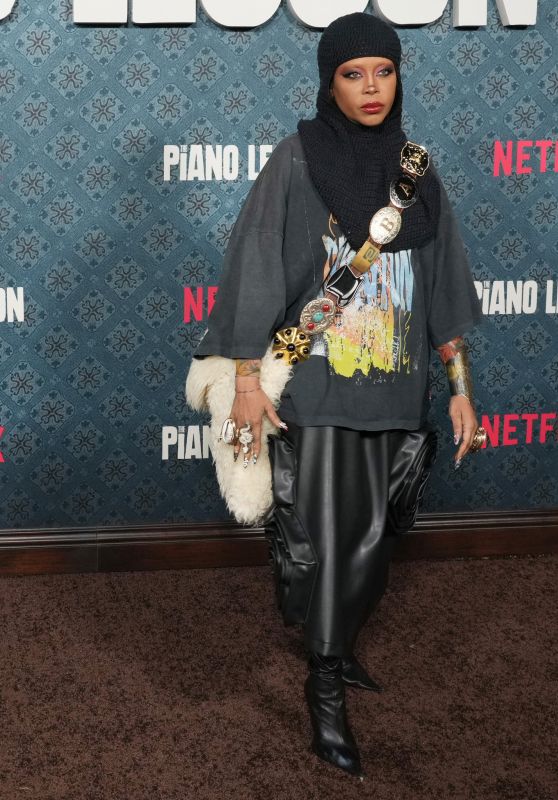Three years later, overturning the ban against college athletes making money from their name, image and likeness (also known as NIL) is having major payoffs. Not only are students able to make considerable secondary income, but it has opened up new careers for some who no longer are setting their sights on going pro. Several young athletes across different campuses and sports say that the new NIL policies have changed their relationship to their sport, their career prospects and even how they engage with fans.
In 2021, the NCAA overturned a ban that previously had prevented any college athlete from making money from brand deals. The ban was widely criticized for schools cashing in on a student’s name, image or likeness but not letting the students themselves pocket any of the profits.
A majority of students The Hollywood Reporter interviewed say they did not start pursuing social media deals or making money until the past year or so, after the overturn. Some report that they are now making $5,000 to $10,000 per post.
For those who are still tracked to compete in their sports after graduation, like 21-year-old Khoi Young, a gymnast at Stanford University, social media will only help launch and expand their personal brands as pro athletes. “A good way to propel my career after school is to keep growing my social media,” Young says. “I don’t see myself as solely a content creator, but I think it’s a good supplement.”
But for others, it has completely changed the game, obvious pun intended. Brandon Dwyer, a senior men’s basketball player at Florida Gulf Coast University, is using his social media presence to pave a new path for himself in the sport: as a personality or comedian. Dwyer says when he realized he was probably going to bench more than he’d play at the professional basketball level, he knew he had to focus his talents elsewhere. Or, rather, to nurture a different kind of talent.
On TikTok, where he has 1.2 million followers, Dwyer often makes fun of himself for being an average basketball player — at least in the context of the NBA. He has an ongoing series where he documents and jokes about his journey to scoring his first-ever point on the team.
“When people could see I could take a joke, people started following me,” Dwyer says. “I make relatable basketball content, where people can laugh at me or share it with their friends. … I realized, ‘OK, I can monetize this and I could make this my job.’ ”
Dwyer, who’s pursuing a master’s in finance, started making money in May from his posts and skits. Though he, like others in this story, wouldn’t divulge exact numbers (and because influencer income can vary greatly month to month), he says he averages “somewhere in the five-figure range every month.” He’s since been signed to a six-month management deal with Clementine to help him navigate and negotiate brand sponsorship opportunities better.
These days, on top of his schoolwork and basketball practices, he estimates he spends up to 20 hours a week working on his social media, mostly on conceptualizing, filming and engaging with his audience. It’s still feasible for him, he says, but he won’t make a final call on whether he’ll pursue it full time until he graduates.
“That’s a decision two years down the road,” says Dwyer. “But it’s definitely something that’s becoming a viable option.”
Gianna Bullock, a track and field star at the University of Oregon, says she still has her sights set on going pro when she graduates, but influencing has given her so many new avenues that the sport traditionally never had. “It’s changed my perspective for what I want for a career,” she says. Bullock explains that, traditionally, a professional runner would sign one major title sponsor that would pay for all their events and gear. “You’re more locked in; you can’t do five deals a month,” she says. But now with influencing, there are theoretically endless opportunities one can pursue.
Bullock signed with Empower agency and inked deals with brands like Dick’s Sporting Goods, Reebok, Uber and McDonald’s that have amounted to “tens of thousands of dollars” per deal. Plus, posting on social media as yourself helps to humanize women athletes better, she adds: “Especially for female athletes or athletes of color, we are portrayed as more masculine. I think it’s super interesting that we can be portrayed as girly-girls, too. We like doing our skin care; we’re not always sweating and working out.”
“I would be open to doing a shift,” she says about pivoting to influencing more in the future. “I love track but I love social media — neither feel like a job for me. [But] being pro is really hard if it starts taking a toll.”
Bill Carter, an NIL expert who founded the consultancy firm Student Athlete Insights, says that “75 percent of all NIL transactions in the first year [after the 2021 ruling] were social media” related. NIL is benefiting the “Division 1 mid-major athletes” more than anyone else because they are focused on the social media pipeline.
“If you go to University of South Dakota, or the University of Vermont, the athletes at those schools are, generally speaking, not going to be tapped by a brand to do autograph signings — they don’t have the notoriety to do that,” Carter says. “But what they do have is a decent social media following, and at schools of that size, if you have 3,000 to 10,000 followers, you can have a pretty big impact through your brand.”
All the athletes interviewed by THR said they are wholly grateful for the overturn of the NIL ban, and they would advise other younger athletes entering college to take advantage of it too, if they’re already comfortable on platforms like Instagram and TikTok.
“For up and coming athletes that are still trying to figure out their place in the world of sports, it can take a lot of pressure off [performing],” adds Bullock. “It shows us we have different opportunities. I didn’t know I could make money doing this; I didn’t know people cared about me in this aspect. It helps us realize we can be multi-dimensional and we don’t have to only talk about our sports.”
Shaqir O’Neal, a senior at Florida A&M University — and, notably, the son of Shaquille O’Neal — says the decision has “opened more doors for me on the business side.” The college student, a forward on the school’s men’s basketball team, has 3.5 million followers on TikTok, where fun content with his dad and lucrative brand deals are bountiful. O’Neal adds, “Basketball is not going to last forever.”
This story first appeared in the Nov. 13 issue of The Hollywood Reporter magazine. To receive the magazine, click here to subscribe.

![Christina Aguilera at H&M Ribbon-Cutting Ceremony [11-21-2024]](https://celebmafia.com/wp-content/uploads/2024/11/christina-aguilera-at-h-m-ribbon-cutting-ceremony-11-21-2024-6_thumbnail.jpg)






![Rebel Wilson Spotted in Hollywood: A Bold and Beautiful Sighting [11-21-2024]](https://celebmafia.com/wp-content/uploads/2024/11/rebel-wilson-spotted-in-hollywood-a-bold-and-beautiful-sighting-11-21-2024-5_thumbnail.jpg)

![Louise Redknapp at Chiltern Firehouse [11-21-2024]](https://celebmafia.com/wp-content/uploads/2024/11/louise-redknapp-at-chiltern-firehouse-11-21-2024-5_thumbnail.jpg)
![Chrissy Teigen Keeps It Cozy in NYC [11-21-2024]](https://celebmafia.com/wp-content/uploads/2024/11/chrissy-teigen-keeps-it-cozy-in-nyc-11-21-2024-2_thumbnail.jpg)








 English (US) ·
English (US) ·